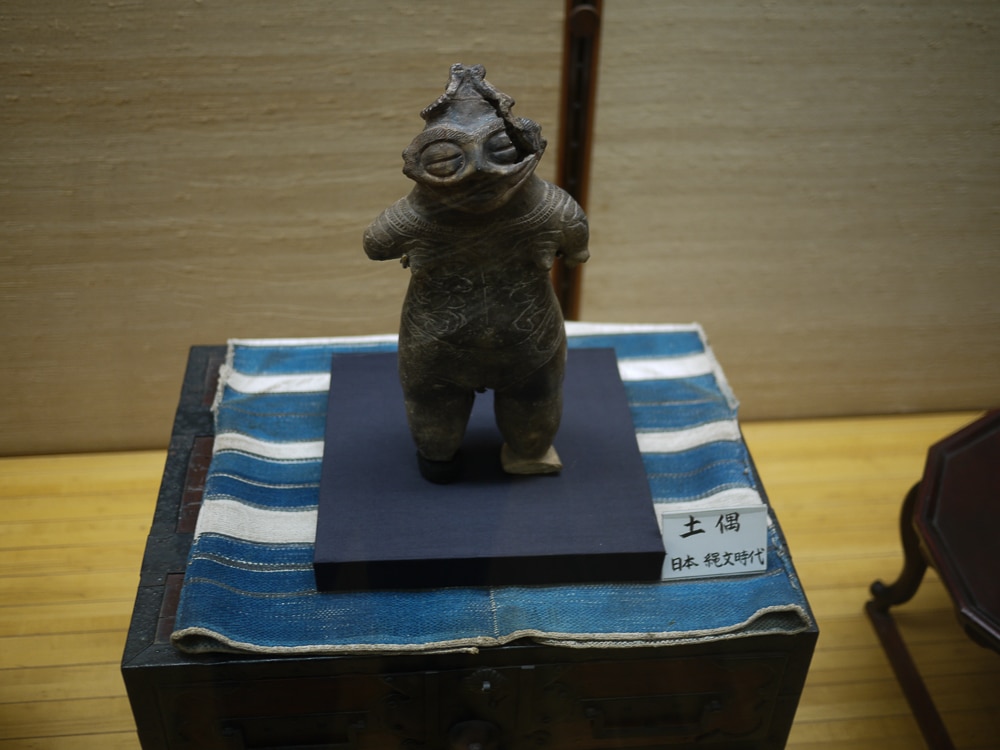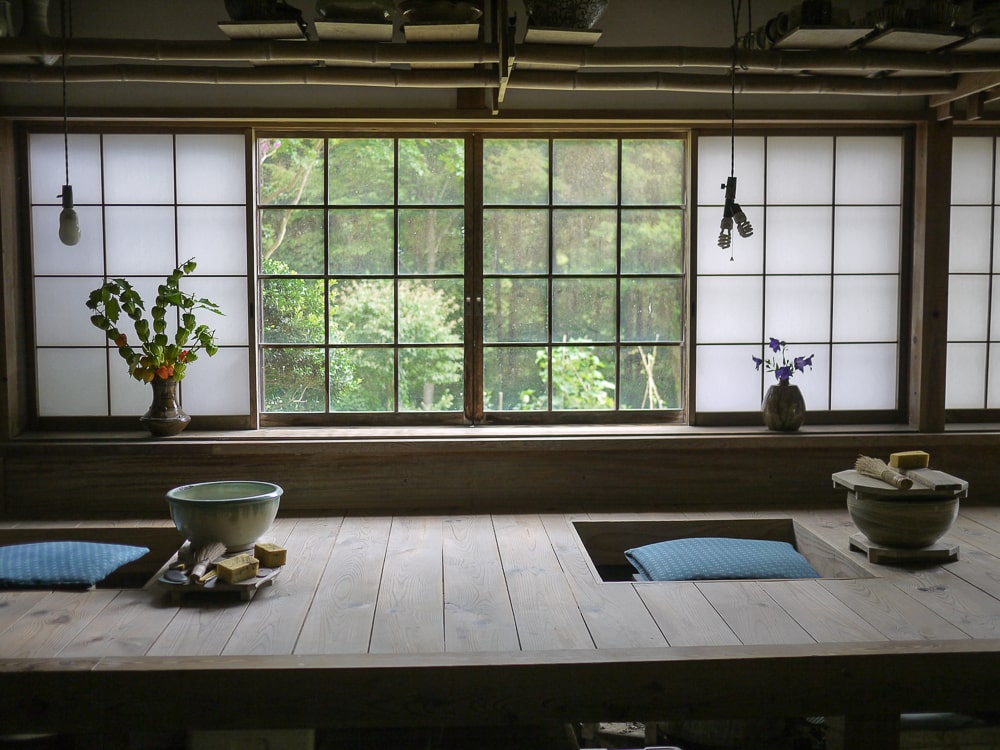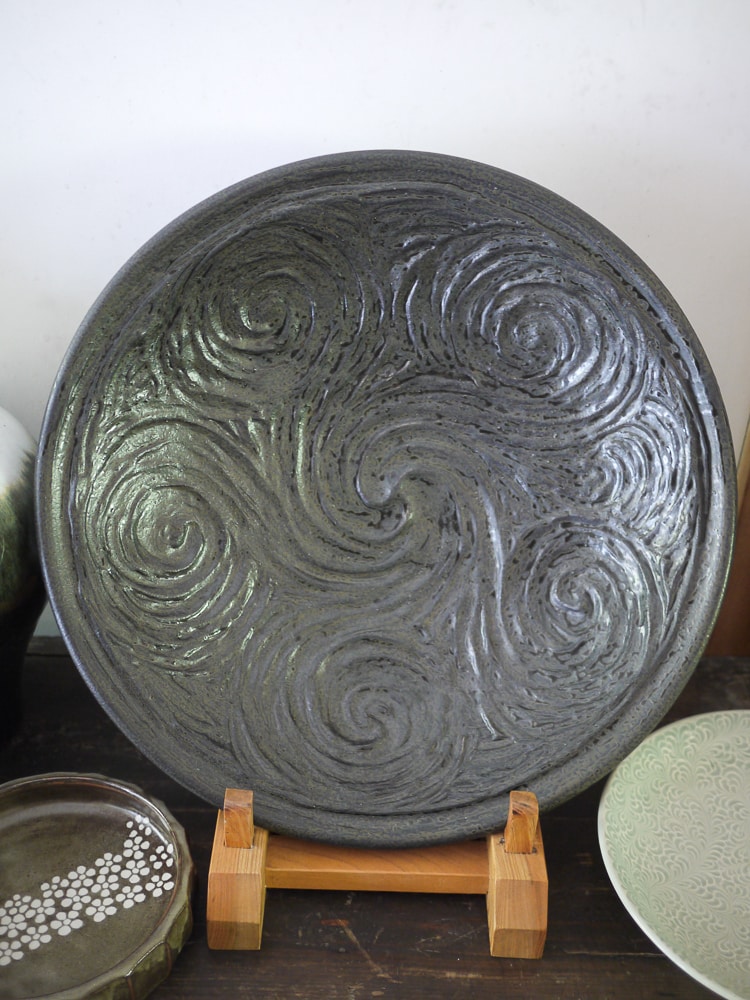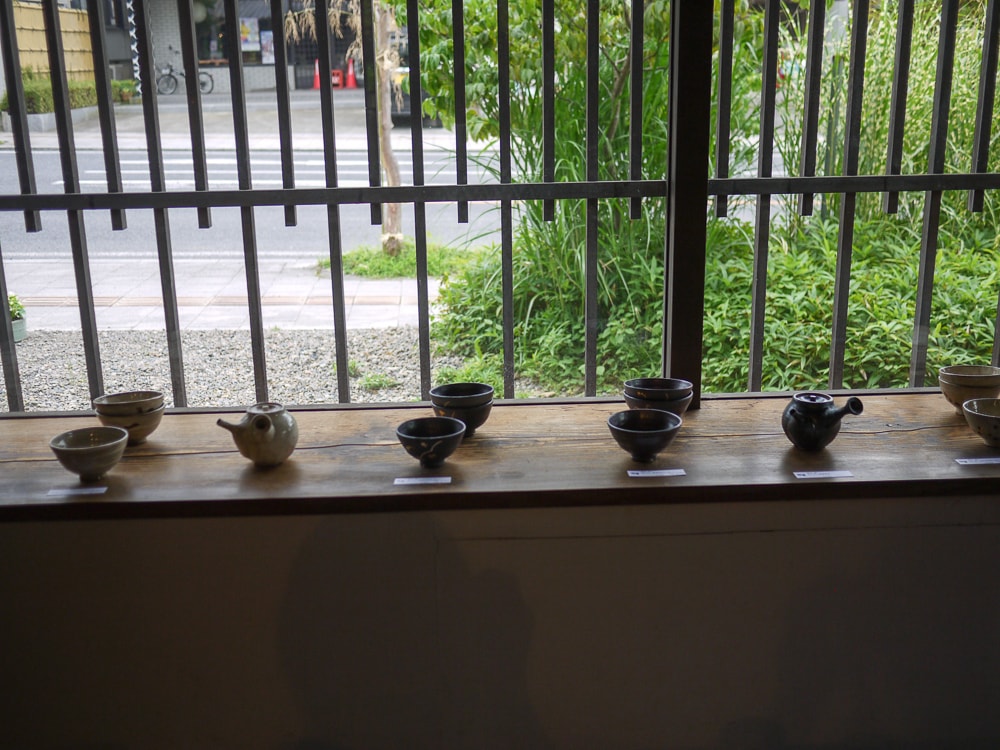Located in Japan’s Tochigi prefecture, Mashiko is a site of major historical importance for Japanese ceramics. Mashiko's distinctive local red-brown clay has been used to make everyday objects like water jugs since the 1850's. Other traditional arts like indigo-dyeing and weaving have also flourished here.
Starting in the 1920's, Mingei ceramicist Shoji Hamada revived the community and brought Mashiko fame through his work and promotion of the folk art movement. Today, there are over 300 potters working in a variety of styles in this small town just two hours north of Tokyo.
THE KINDCRAFT visited Mashiko during the summer of 2016. Our first stop was at the Shoji Hamada Memorial Sankokan Museum to learn about the legacy that he and his contemporaries left Mashiko's present-day potters. We also had the pleasure of meeting ceramicists Miyajima Masayuki and Darice Veri, who accompanied us to several shops and galleries to see what Mashiko's many ceramicists are working on today.

Shoji Hamada Memorial Sankokan Museum
Founded in 1977, the Shoji Hamada Memorial Sankokan Museum is located at the home and workshop of Mingei folk art movement potter Shoji Hamada (1894-1978). Hamada was declared a Living National Treasure while working in Mashiko to promote the values of the "Hand-crafted art of ordinary people" (民衆的な工芸) movement.











According to founder Yanagi Sōetsu, utilitarian objects made by the common people are "beyond beauty and ugliness". To qualify as mingei, items must be made by anonymous craftspeople, produced by hand in quantity, inexpensive, functional for daily life, and representative of the regions where they are produced.
Seeing Hamada’s work and personal memorabilia gathered on his travels to the West is a good place to start a visit to Mashiko. Many of the potters working in the region have been strongly influenced by his work and so a visit to the museum adds context to the work seen in the studios and galleries of Mashiko.
The Studio of Miyajima Masayuki and Darice Veri
On a peaceful forest hilltop at the end of a path lined with flowers sits the home and pottery studio of Miyajima Masayuki and Darice Veri.
Born in Kanagawa, Japan, Miyajima became the fourth apprentice of Mashiko's Master Potter Shimaoka Tatsuzo in 1981 after graduating from Hosei University in Tokyo. Miyajima was working in Mashiko in the 1980's when American ceramicist Darice Vari came to town. The two potters married and had two sons, and Darice now splits time between Japan and the U.S. state of Ohio, where she teaches ceramics.
Looking at Miyajima’s pottery today, I see the potential for a new generation of Mingei artists whose task remains the ever challenging one of how to humanize our humdrum lives by restoring to us the human spirit with all its originality, power, and beauty.”Fred G. Notehelfer
Professor Emeritus of Japanese History, UCLA Center for Japanese Studies










Mashiko's Galleries
We visited several galleries and shops around Mashiko to get a feel for new works created by the town's large community of potters. There isn't one "Mashiko style", but many as local craftsmen work in a variety of styles and techniques ranging from traditional to contemporary. Our first stops were on the main street, called Jonaizaka, at Toko. We then moved on to Moegi and to the Hamada Tomo exhibition at the Kanoya Gallery.









Finally, we landed at stylish Starnet for an organic lunch and to peruse locally-sourced crafts – pottery, glassware, and clothing – made with an emphasis on reducing material waste and minimizing environmental impact.















